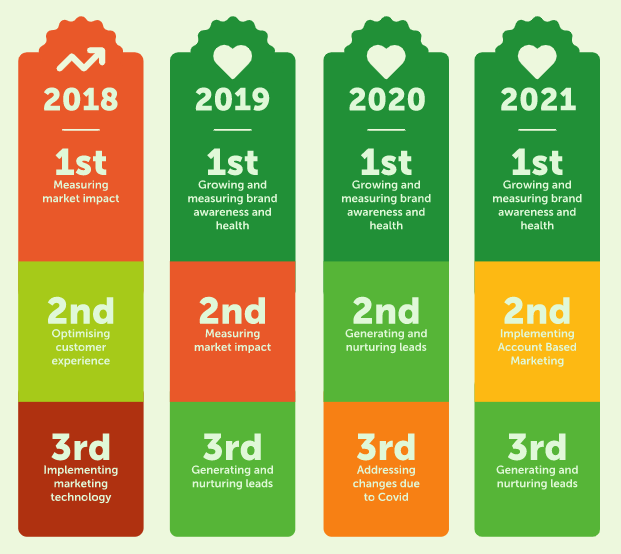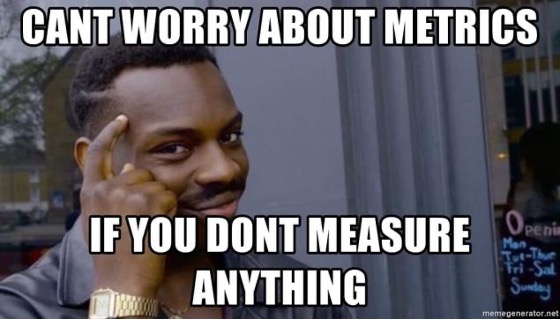When we are constantly working, grinding, learning and delivering our work, it’s easy to forget to stop, reflect and share our thinking. So it was great this week to take a moment to pause and reflect on some of my strategy work, sharing with the team over at Sling & Stone.
Brian Giesen had asked that we think about how we used to develop strategy, and then share some more recent insights into how we develop strategy now, in light of prolific data and artificial intelligence. Without naming names, I thought I’d share the key points of how I have found the practise of strategy has changed over the last couple of years.
Customer foundations are essential: I always say, that everything starts with the customer. And this won’t change. After all, it is pretty rare that a bot will identify and conduct a trade/purchase (unless, of course, you are offering shares on the share market). And this means that you have to find a way to capture the attention of an audience and trigger their engagement and action. So when it comes to developing strategy, it’s your job to ensure that your understanding of your client’s customer is the same customer that your client is seeking. Keep asking and drilling your clients on their understanding of their customers.
- Then vs now: Not a lot has changed here except that we now have better data at our fingertips. Use data to validate your position and play this back to your clients. Ask them to explain any gaps or suprises.
Prototype your client’s customers: If your clients can’t robustly describe their ideal customer profiles, you’ll need to invest in doing so. Sometimes clients do understand their customers through the experience of working with them. But they may not have documented the nuances. Use expert interviews to ask questions, identify triggers and validate your assumptions. Create personas that you can use as models and then conduct interviews with your clients and their sales teams to validate the motivations, triggers and profiles.
- Then vs now: There are plenty of frameworks for customer profiling. Choose one that suits your needs and dive deeply. Use AI to accelerate your profiling based on known archetypes and refine through several iterations. Then step away and let your creative mind chew over the nuances. Remember, you are envisioning future use cases and AI is based on what we already know – not what we have yet to experience.
Map the competitive landscape: Who are the competitors in the industry? And how do you describe them? I like to spend some time thinking through the commonalities of competitors and plot them on a quadrant chart. As a strategist, try to identify both commonalities and areas of differentiation and use these to analyse each of the competitors and plot them on the chart. Deep dive into each competitor to understand their:
- Underlying narrative
- Visual storytelling
- Palette and persuasive intent
- Over-arching message
- Super powers.
- Then vs now: You’ll need a real-time AI to assist, but generate an analysis of the competitors and the industry trends. Brainstorm (with your team) the different lenses you are considering for the axes and iteratively plot out the competitors and see what emerges. Use your judgement (and the insights from the previous steps) to select the plotting and seek out the clear space available to your client.
Artificial intelligence is yet another technology that has emerged from the digital and social media world. But it’s not a solution or a replacement for solid strategic thinking. It’s a tool to aid and guide your efforts. Have AI do your grunt work, and then spend your time (and budget), developing deep, motivating and lasting insights to deliver the outcomes your clients expect – and need.




